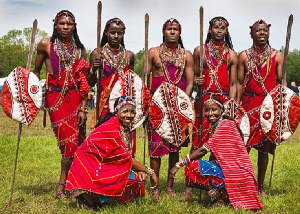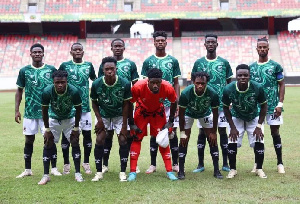Opinions of Sunday, 3 July 2022
Columnist: Joel Savage
Why the Massai tribe believes they are the only owners of all cows
There are still some powerful tribes in Africa making a difference because of their strong traditions, culture, and legacy, even though history shows that slavery and colonialism divided and destroyed many ethnic groups and tribes on the African continent. The Maasai are one of the African tribes that have managed to survive.
They are one of the most well-known African tribes that still uphold long-standing customs. Those who speak the Maa language are referred to as Maasai. They are unquestionably one of the most fascinating ethnic groups on the continent of Africa.
The Maasai people, who are mostly found in southern Kenya and northern Tanzania along the Great Rift Valley, are originally from the Nile region of North Africa. The Maasai, who now number nearly a million and inhabit a region of roughly 160,000 square kilometers, represent the very essence of Kenyan and Tanzanian culture.
Their journey southward started in the fourteenth century and ended at the beginning of the nineteenth, thousands of kilometers away. The Maasai faced and subdued the tribes they came across on the lengthy trek or assimilated them.
Epidemics and livestock-related illnesses ravaged the population in the twentieth century. In actuality, the Maasai have always been semi-nomadic shepherds whose primary means of subsistence is the herd.
The Maasai are renowned warriors thanks to their long history and extensive travel over the ages. This feature describes the many stages of a man's or woman's life as well as significant life transitions marked by elaborate rituals and ceremonies.
Beginning with the women's traditional beaded clothing and colorful traditional clothing, clothing is a crucial component of Maasai culture. The Maasai continue to uphold their roots in the millennia-old history of Africa despite the temptations of modernity. Because of this, encountering and getting to know them is an essential component of every trip to Kenya and Tanzania.
The Maasai communities, known as "manyattas," are made up of compact clusters of homes constructed from cow dung and tree branches. The locals burn their villages when they decide to migrate, and when they choose to stay, the women build new ones while the males look after the camp's security and the animals.
The virtues of loyalty, self-defense, and brotherly bonding have shaped the majority of the males in the tribe. The males are dispatched on their first hunt as soon as they reach the appropriate age, which is typically eighteen, and they are required to display their virility.
Because superstition and religious beliefs are particularly common in Africa, the Maasai also think that "Ngai," the chief deity and king of the rain, created cows just for the Maasai. Cows, therefore, belong to them, no matter where they are in the world.
Therefore, since those cows were taken from them, you have the right to steal them if you can. Their whole warfare experience is therefore focused on defending its animals against intruders and attempting to seize control of others.











